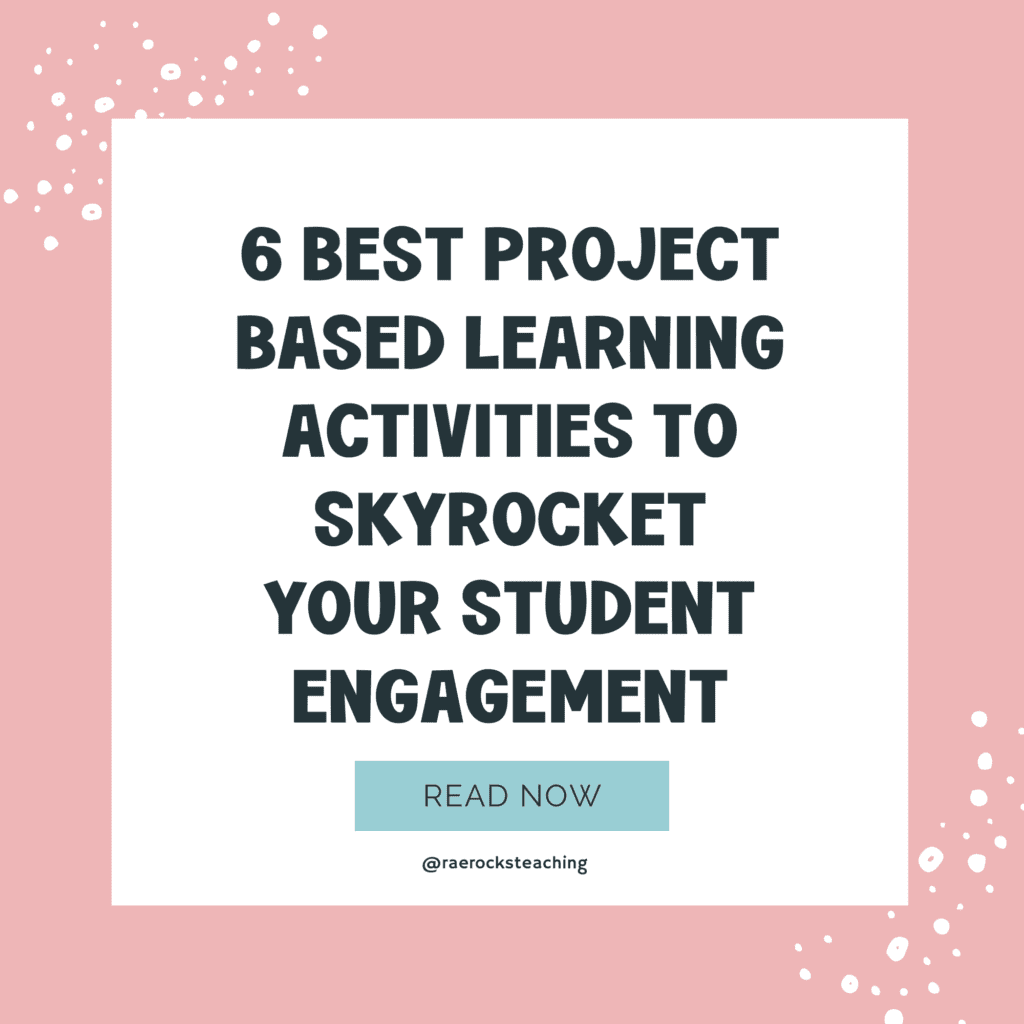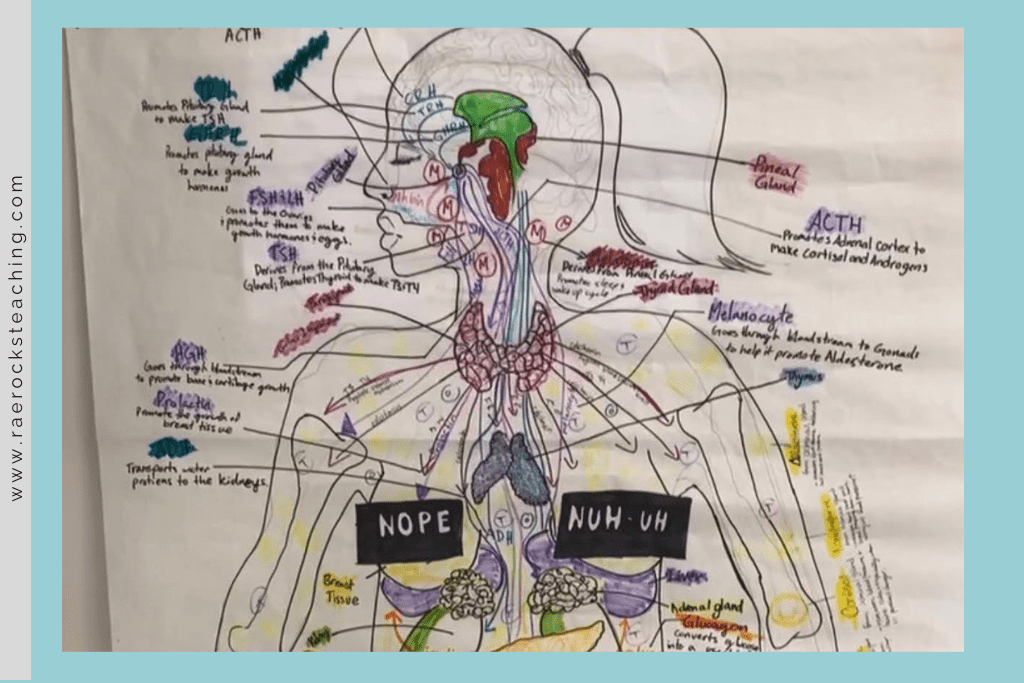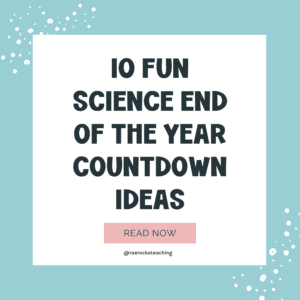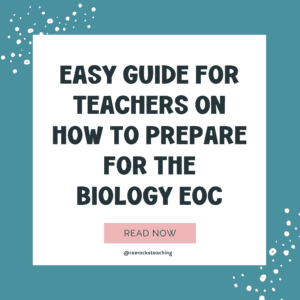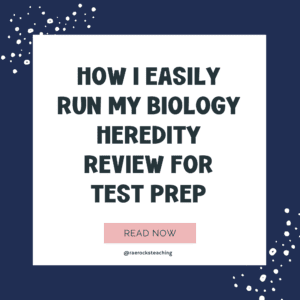Alright friends, today I want to dive into the world of project-based learning activities, specifically focusing on the biology and anatomy courses. We’re all about making learning interactive, engaging, and, dare I say, a bit more fun than the traditional lecture-homework-exam routine. So, if you’re in the market for some fresh biology project-based learning ideas or keen on incorporating human body project-based learning into your curriculum, you’re in the right spot. So let’s get to it!
Looking for more ways to engage your lessons in class?
Project-Based Learning Activities are Engaging for Students
Project-based learning stands out as a particularly engaging educational approach because it immerses students in the learning process through hands-on, real-world experiences. Instead of passively absorbing information, students become active participants, applying their knowledge to solve problems, conduct experiments, and create projects that have tangible outcomes. This method creates a sense of ownership and personal investment in their work, making the learning experience more relevant and meaningful. By tackling projects that are often interdisciplinary and connected to real-life issues, students are encouraged to think critically, collaborate with peers, and develop a range of skills from project management to effective communication. The active exploration and autonomy project-based learning provides naturally motivate students, sparking their curiosity and enhancing their engagement with the subject matter. In essence, it transforms the classroom into a dynamic environment where learning is not just about memorizing facts but about making connections, thinking deeply, and preparing for real-world challenges.
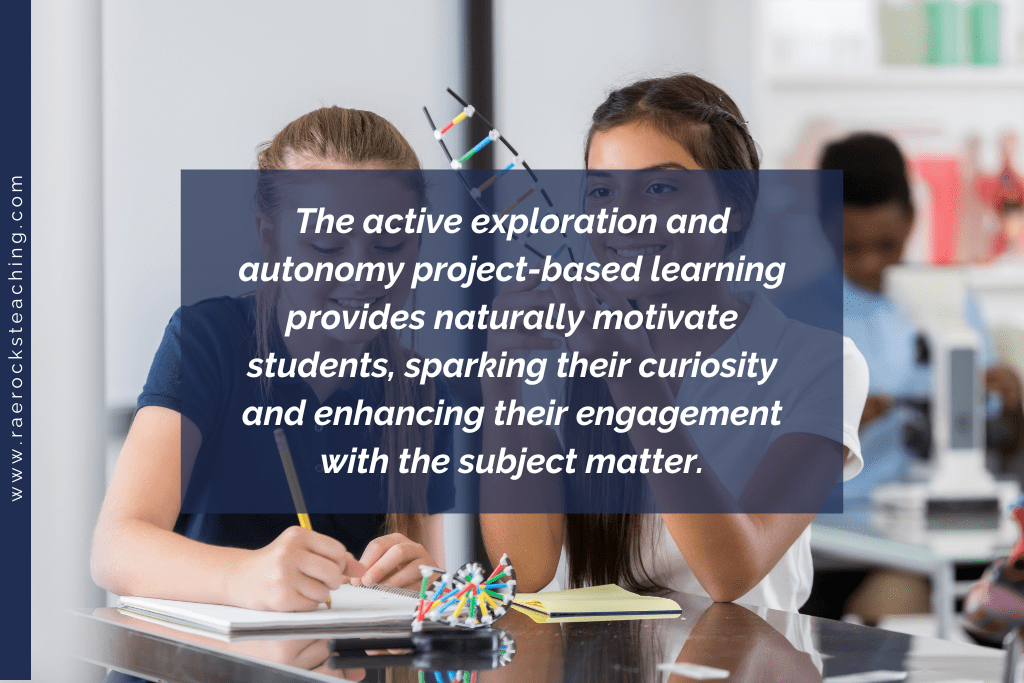
-
Save
Biology Project-Based Learning Ideas
ONE | Eco-Warriors: Building a Sustainable Ecosystem
Students create their own miniature ecosystems in closed containers. The goal is for our students to understand the balance needed in ecosystems and the impact of human actions on the environment.
How to do it:
– Materials Needed: Large jars or clear plastic containers, soil, water, plants, small animals (like snails or earthworms), and rocks.
– Steps: Guide students to layer their materials in the jars to create a mini ecosystem, ensuring there’s a balance of producers, consumers, and decomposers.
– Learning Outcome: Students will monitor their ecosystems over weeks, documenting changes, the cycle of matter, and energy flow. They’ll present their findings, discussing the sustainability of natural ecosystems and reflecting on how human activities could mimic or disrupt this balance.
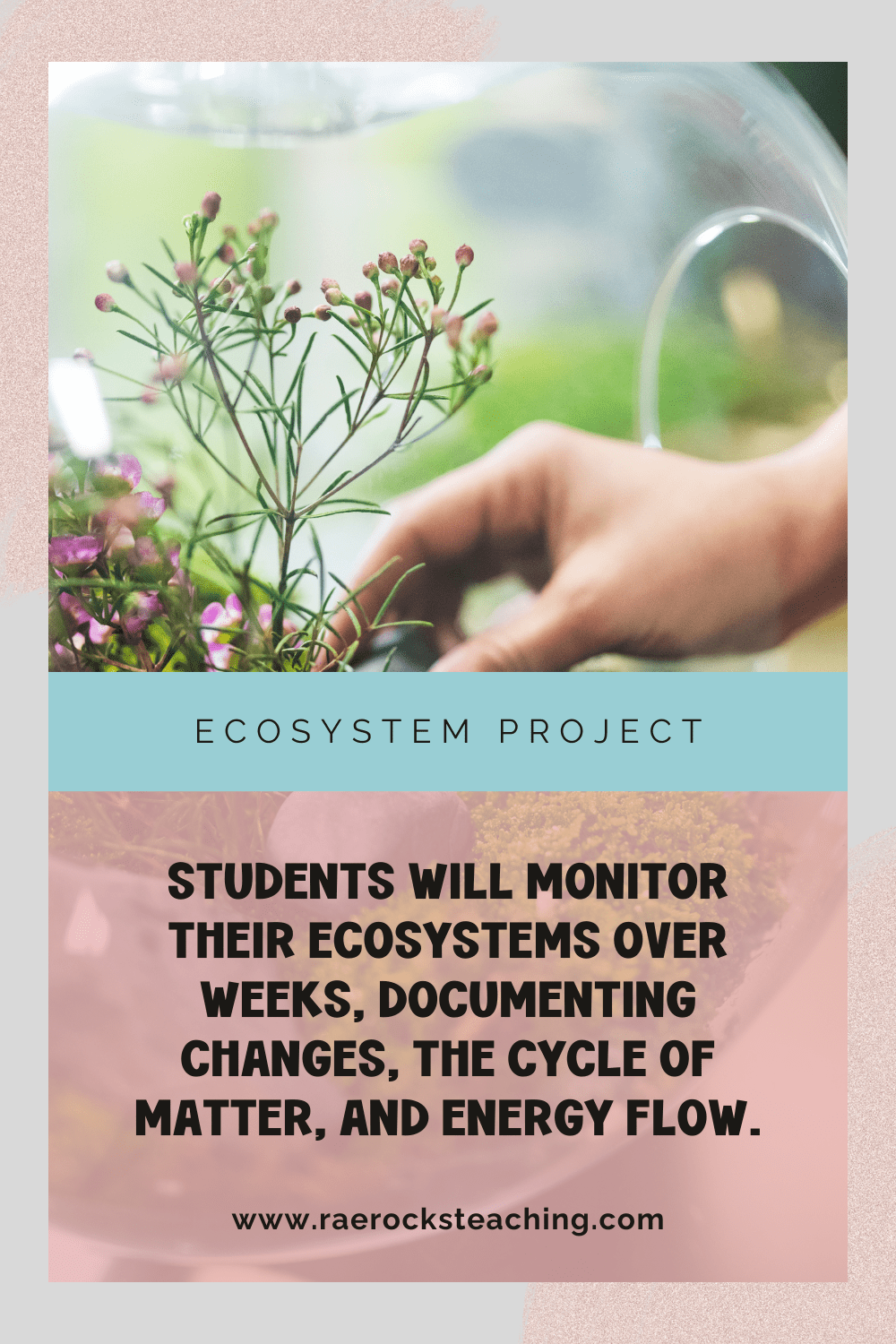
-
Save
TWO | Genetic Voyage: Understanding Heredity and Traits
Through this project, students would explore genetics by tracking and predicting traits in generations of fictional creatures or real plants.
How to do it:
– Materials Needed: Paper, colored pens, online genetic calculators or Punnett squares, seeds of plants with easily observable traits (like pea plants).
– Steps: Students can create fictional creatures with specific traits or grow real plants to observe heredity in action. They’ll use Punnett squares to predict traits in offspring and compare their predictions with actual outcomes.
– Learning Outcome: This project not only solidifies their understanding of genetics but also teaches the importance of predictions, observations, and real-world data collection in science.
THREE | Local Biome Walkabout
Students explore local ecosystems (like forests, ponds, or urban areas), documenting species diversity, and proposing conservation strategies.
How to do it:
– Materials Needed: Notebooks, cameras or smartphones, identification guides or apps.
– Steps: Organize a field trip or have students explore a local area. They’ll document different species, take notes on their observations, and research the human impact on these ecosystems.
– Learning Outcome: By presenting their findings and conservation proposals, students gain a deeper understanding of biodiversity and the critical role of conservation efforts.
Human Body Project-Based Learning
ONE | The Human Body Systems Expo
Students work in groups to create an exhibition on different human body systems, focusing on structure, function, and health.
How to do it:
– Materials Needed: Art supplies, access to online research tools, and possibly some lab equipment for demonstrations.
– Steps: Each group picks a body system (digestive, respiratory, etc.) to research. They’ll create posters, models, and even interactive presentations to explain their system’s anatomy and importance.
– Learning Outcome: This expo-style project encourages deep research, creativity, and the ability to explain complex concepts in accessible ways. Plus, it’s a great way for students to learn from each other.
TWO | First Aid Scenario Role-Play
Through role-playing various medical scenarios, students learn about human anatomy, the importance of first aid, and how to respond in emergencies.
How to do it:
– Materials Needed: First aid supplies, role-play scripts, possibly guest speakers from medical fields.
– Steps: Students are given scenarios involving injuries or health emergencies. They must research the anatomy involved, determine the best first aid response, and role-play the scenario.
– Learning Outcome: This project teaches practical life skills, reinforces anatomy knowledge, and emphasizes the importance of quick, informed decision-making in emergencies.
THREE | Nutrition and the Body: A Personal Experiment
Students would embark on a journey to understand the impact of nutrition on the human body by tracking their own dietary habits and making informed changes.
How to do it:
– Materials Needed: Food diaries (digital or paper), access to nutritional information resources, possibly apps for tracking nutrition.
– Steps: For a set period, students document their eating habits, research the nutritional value of their diets, and identify changes to improve their health. They’ll present their findings and reflections on the process.
– Learning Outcome: This personal experiment fosters self-awareness about nutrition’s role in health, teaches research skills, and encourages making science-backed decisions for personal well-being.
Implementing these project-based learning activities in your biology or anatomy classes not only spices up your lessons but it also deeply engages students with the material. They get to explore, experiment, and connect with the content in meaningful ways, making those lightbulb moments all the more frequent and vivid. The key to successful project-based learning is providing enough structure for students to feel supported while giving them the freedom to take ownership of their learning.
Don’t forget to Sign up for the FREE GUIDE | Flip & Thrive: Your 5-Step Quickstart Guide to a More Engaging Classroom

-
Save
I love sharing helpful content with y’all and would love to connect on IG or Facebook. I’m on TikTok too! Follow me and send me a DM with what you need more of because I’m here to help! If you are looking for even more inspiration, find me on Pinterest!
Share via:

